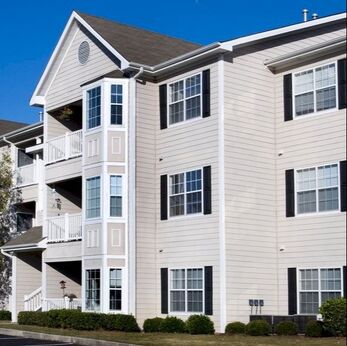Improving Wi-Fi Connection and Performance in Multi-Unit Settings for Maximum Customer Satisfaction
Improving Wi-Fi Connection and Performance in Multi-Unit Settings for Maximum Customer Satisfaction
Blog Article
Within today's environment, maintaining a robust and reliable Wi-Fi signal is essential, especially in multi-unit settings like flats or condominiums. Numerous people depend on the network for employment, education, and entertainment. Nonetheless, Wi-Fi transmissions can struggle to reach every corner of these buildings due to multiple barriers. These hindrances can consist of partitions, levels, and other electronic equipment that interfere with the signal. To improve Wireless connectivity and performance in these settings, it is critical to grasp some foundational concepts of wireless networking.
One effective way to enhance Wireless operation is by intelligently positioning gateways and extenders throughout the building. A middle placement is usually ideal, as it enables the coverage to propagate evenly in all directions. In larger multi-dwelling units, multiple access points may be required. These devices help increase the reach of the wireless infrastructure and deliver stronger coverage to residents in different parts of the building. Additionally, using devices that adhere to the latest Wi-Fi protocols can result in higher bandwidth and enhanced overall performance.
Another important factor in improving wireless signal strength is minimizing interference from other electronics. Many household items, such as ovens and wireless handsets, can disrupt wireless signals. It is recommended to keep routers away from these appliances to maintain a clearer connection. Additionally, modifying the frequency configuration on a device can help reduce interference from neighboring signals. Most routers by default select the best band, but manually selecting a less congested one can enhance performance.
Periodically refreshing router software is also necessary for maintaining maximum wireless performance. Vendors frequently release updates that fix issues and improve protection features. Keeping the software up-to-date guarantees that users take advantage of the most recent enhancements and defenses against possible risks. Furthermore, tracking network activity assists in identify which devices consume more bandwidth, enabling better allocation of available capacity.
Finally, informing users about best practices for using wireless networks can significantly improve their experience. Simple measures such as connecting only required devices, using Ethernet connections when feasible, the original source and regularly restarting the device can make a difference. By fostering a culture that understands how to maximize their Wi-Fi efficiency, multi-dwelling environments can elevate user experience and guarantee that all users experiences a consistent internet connection. This integrated approach of planned placement, reducing interference, managing equipment, and educating users will result in a more efficient recommended read and satisfying wireless usage for all residents.